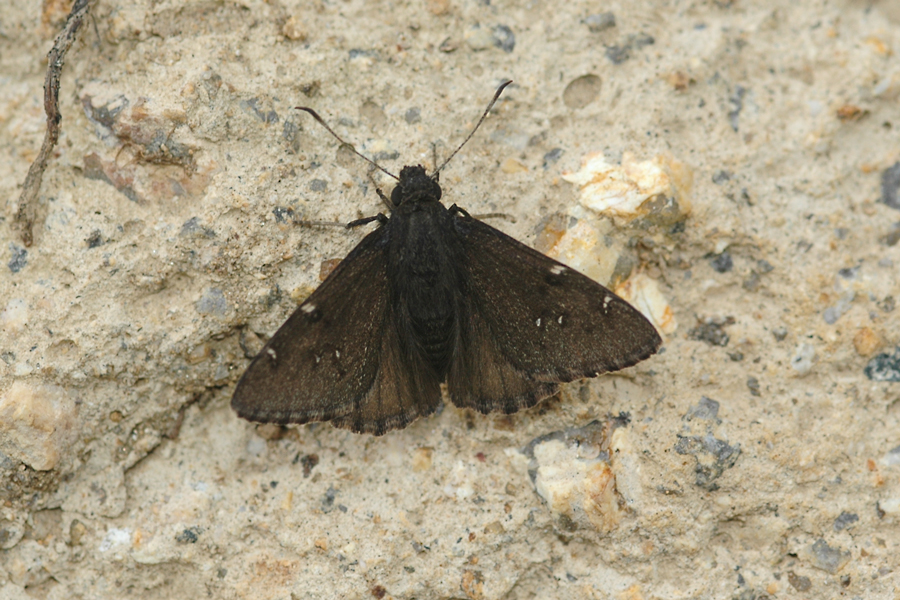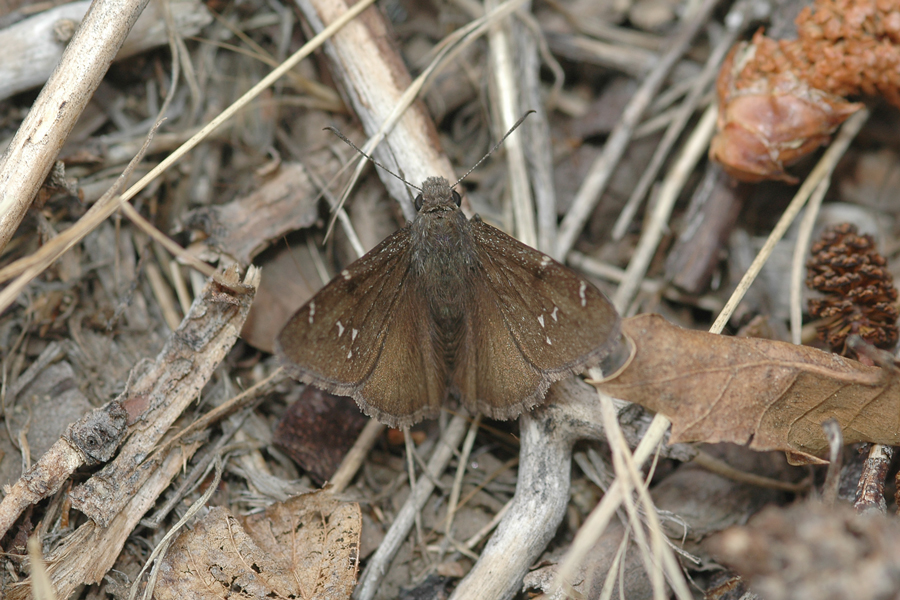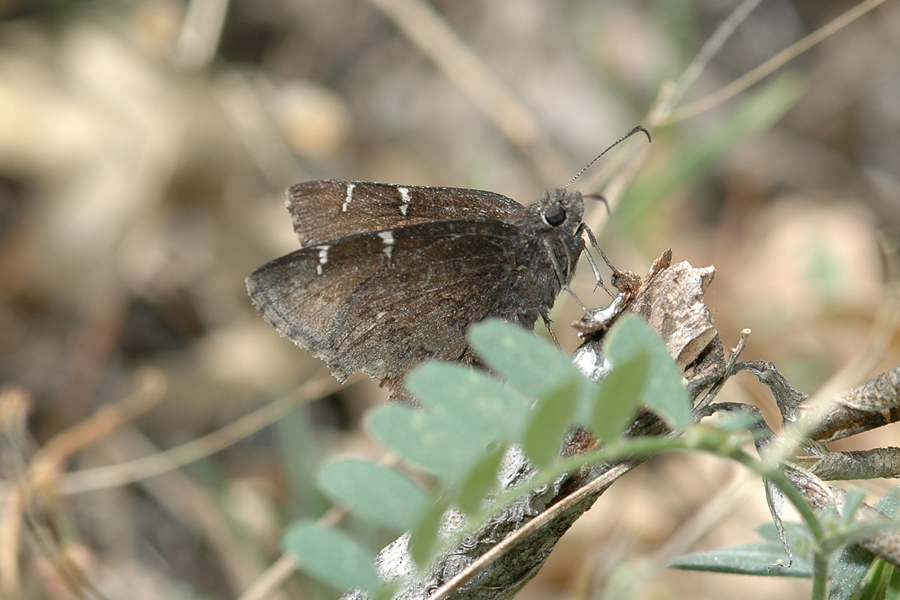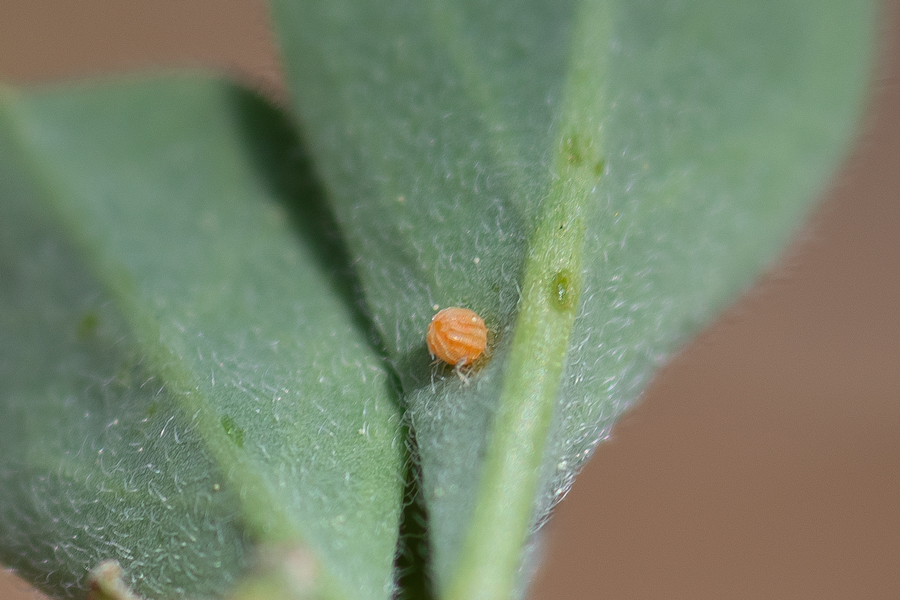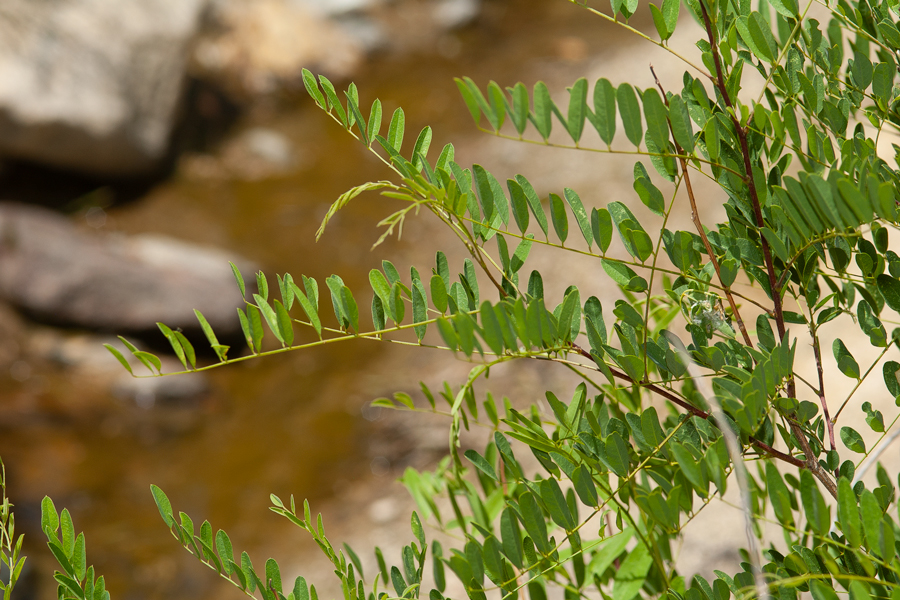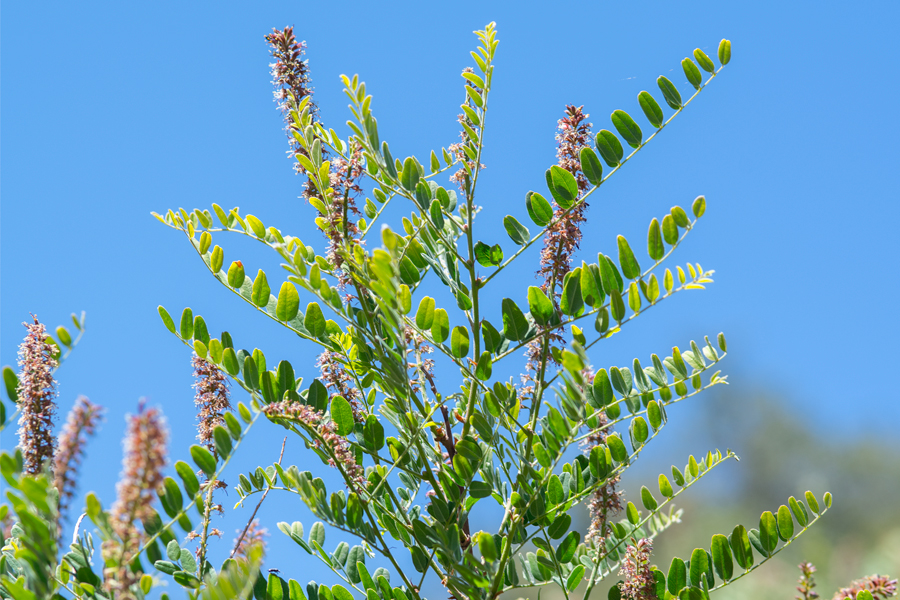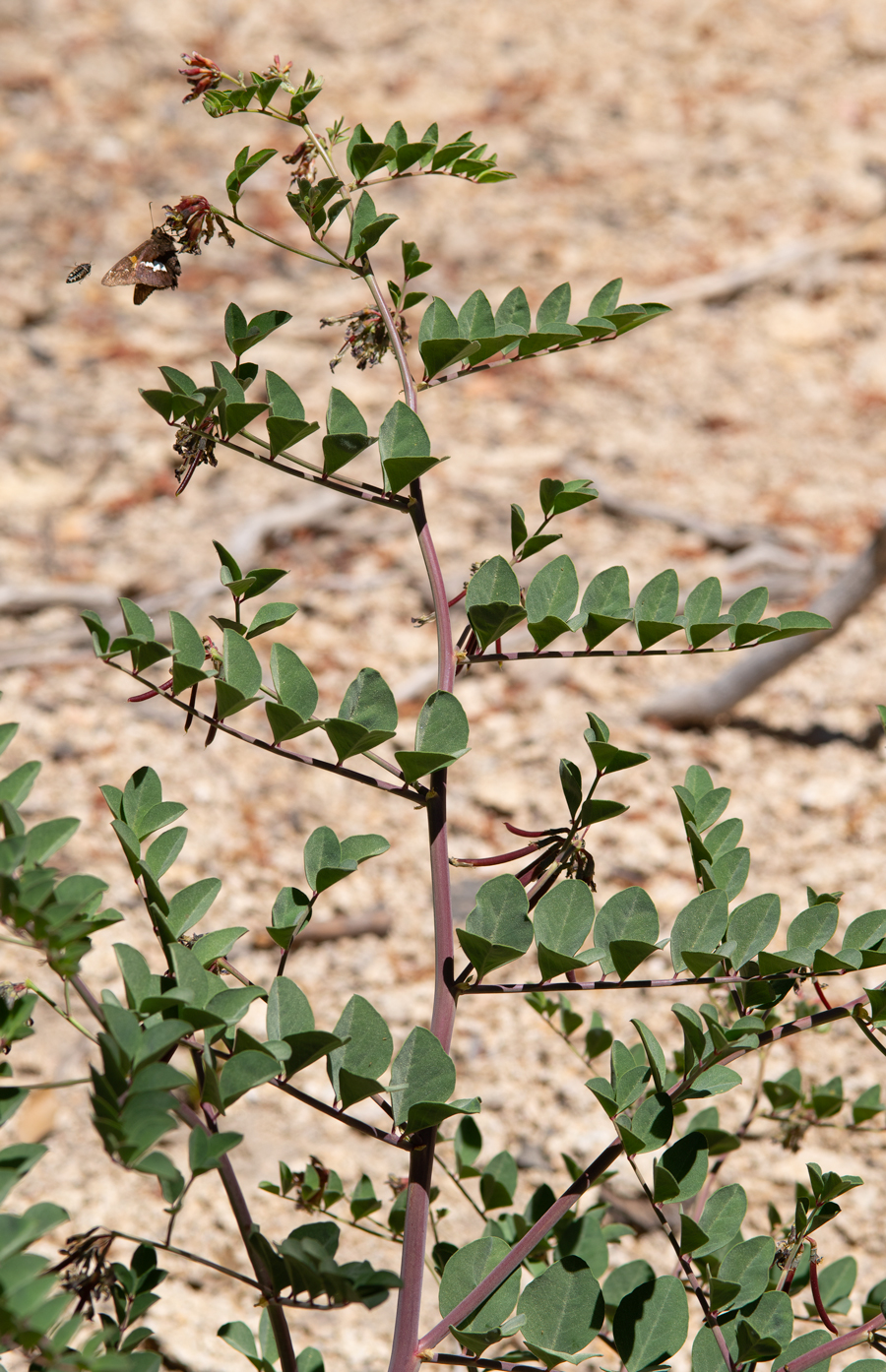Cecropterus indistinctus (formerly Thorybes pylades indistinctus)
Northern Cloudywing
Not too long ago, there was simply Thorybes pylades. Subspecies indistinctus was named by George Austin and John Emmel in the 1998 Systematics book (pp. 501-2). The genus name was changed a couple of years ago by the Grishin group. The latter have now (2023) raised indistinctus to full species status through genomic sequencing. The type locality remains Boiling Springs in the Laguna Mountains of San Diego Co. The Emmels said it flies from Baja through California and into Nevada, with a single brood in May and June. I've seen it well into July at higher elevations.
This skipper's caterpillars feed on several common legumes, such as alfalfa, clover, and false indigo. Gordon Pratt and I once found eggs on Hosackia crassifolia in the San Jacintos.
Cecropterus indistinctus at Alder Creek, Sherman Pass, Tulare Co. These were formerly in the genus Thorybes, as a subspecies of pylades . July 20, 2008.
Same place and time as above.
Forsee Creek Trail (near Jenks Lake, south of Big Bear), San Bernardino Co. on June 4, 2006.
Searching for immatures on broad leaved lotus plants, Gordon Pratt and I found quite a few things, including a couple of eggs of the Northern Cloudywing. June 19th, 2023.
This is western false indigo, Amorpha fruticosa, from Cactus Spring Trail in Riverside County. This is a favorite food plant of northern cloudywing caterpillars (not to mention California dogfaces).
California false indigo, Amorpha californica, is more common than fruticosa around the San Bernardino Mountains in northern cloudywing haunts. The differences between these species are subtle.
A silver-spotted skipper taking nectar at a larval food plant of the northern cloudywing, broad leaved lotus, Hosackia crassifolia, in the San Bernardino Mountains.
©Dennis Walker
